PBTV is now streaming live on Freevee and pickleballtv.com. For more information on the new television network dedicated to pickleball, click here.
pickleball
A trip through California’s courts reveals plenty about pickleball’s inviting and intoxicating culture
By Nov 07, 2023pickleball
Jack Sock goes three for three on opening day of PPA Tour The Masters in Palm Springs
By Jan 08, 2025pickleball
Nick Kyrgios to make pro pickleball debut in 2025 with Jack Sock in Australia
By Dec 21, 2024pickleball
Eugenie Bouchard shares update after eye injury scare during pickleball training
By Dec 15, 2024pickleball
Less than 10 percent of professional pickleball players have no tennis background
By Nov 08, 2024pickleball
College tennis produces the majority of pro pickleball players
By Nov 07, 2024pickleball
Eugenie Bouchard's ATP—Around the Post—pickleball shot makes SportsCenter's Top 10
By Nov 07, 2024pickleball
Novak Djokovic’s former hitting partner, Connor Garnett, is now a professional pickleball player
By Nov 06, 2024pickleball
What percentage of pro pickleball players play tennis?
By Nov 05, 2024pickleball
Pickleballtv: When it comes to pickleball coverage and content, the choice is clear
By Nov 05, 2024pickleball
A trip through California’s courts reveals plenty about pickleball’s inviting and intoxicating culture
“You’ve got people feeling like they’re an athlete for the first time in their life.”
Published Nov 07, 2023
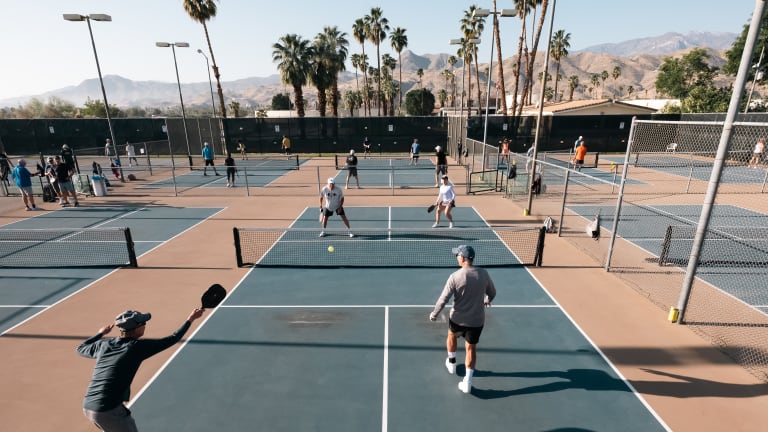
© Discovery Communications
Advertising
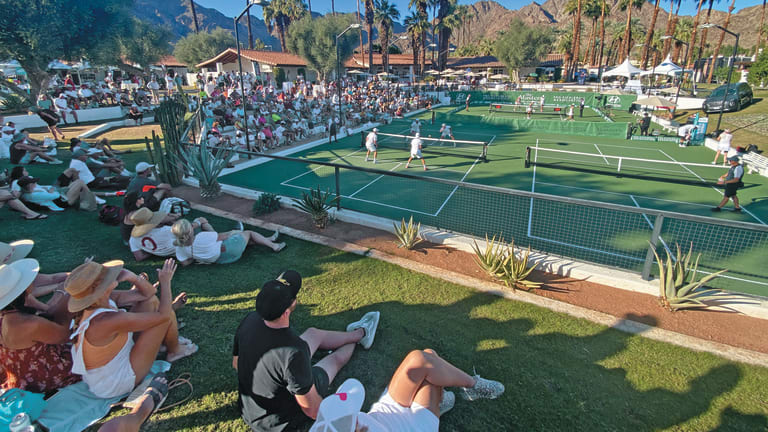
What is driving the pickleball movement in reaching such a wide demographic? For starters, the sport provides a positive boost to overall wellness.
Advertising
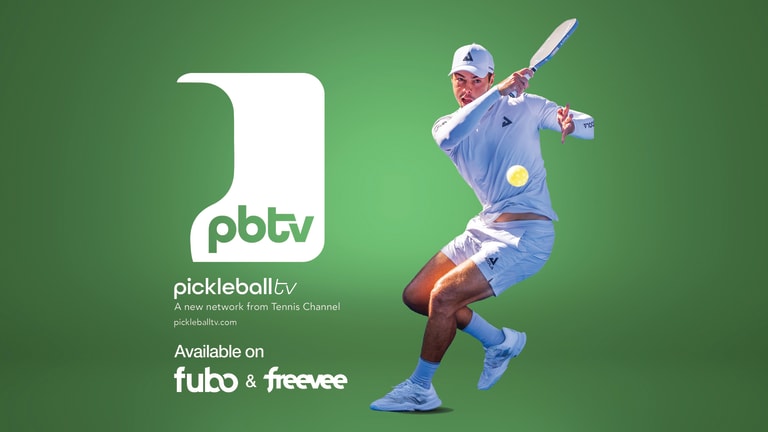
Tennis Channel and the PPA Tour have created Pickleballtv, a standalone pickleball channel, along with separate websites and apps solely dedicated to the sport.
Advertising
Advertising
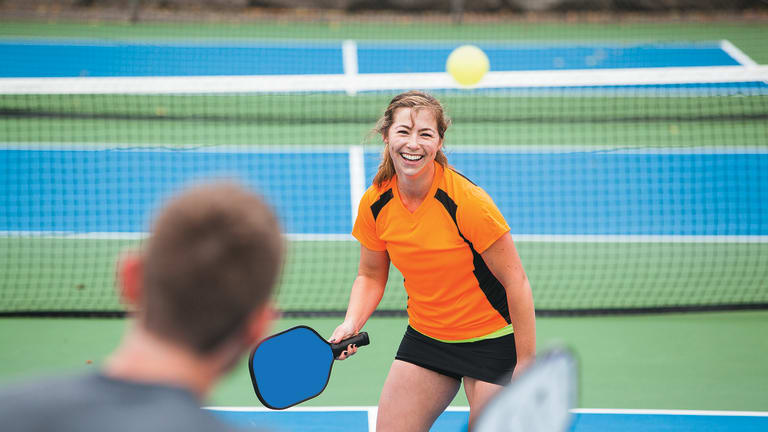
So much about pickleball adds up to an enticing equation: competition plus camaraderie equals community.
© Shutterstock
Advertising
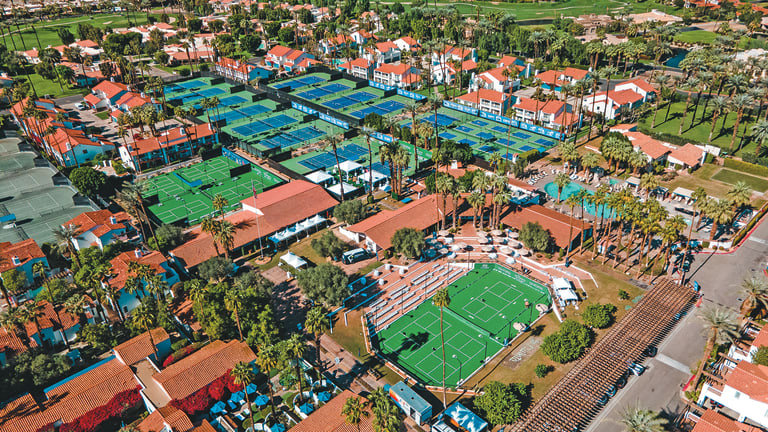
It’s anticipated that athletes from other sports will soon make their way to pickleball and potentially even alter the way the game is played.
Advertising
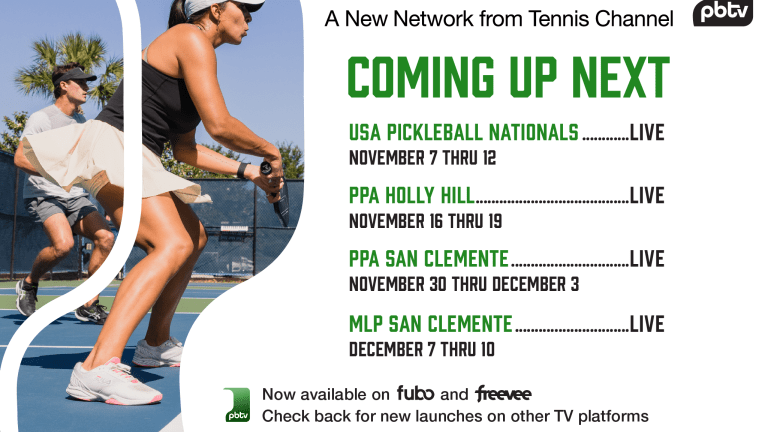
What's coming up on PBTV? Find out here.